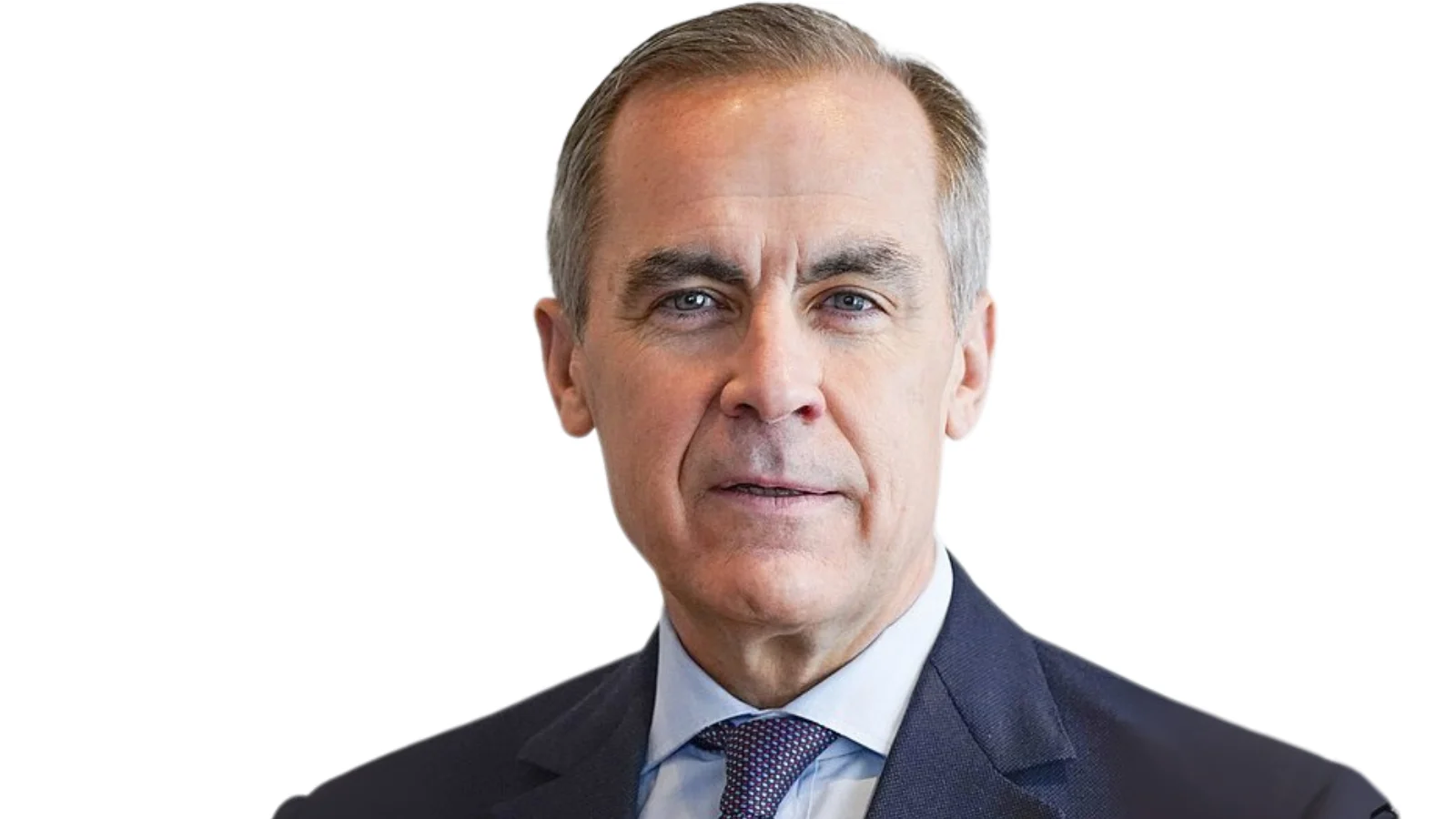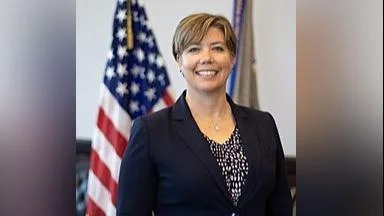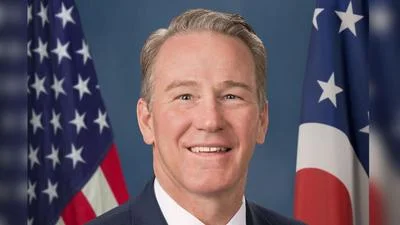Mark Carney, Prime Minister | Wikipedia
Mark Carney, Prime Minister | Wikipedia
Canada’s federal government is facing criticism and confusion over its mandatory firearms confiscation law, as the expiration of an amnesty period for owners of newly prohibited guns approaches.
Prime Minister Mark Carney recently described the program as “voluntary,” stating in a September 10 interview, “This is not about confiscation. This is about voluntary return of firearms for compensation. … We’re not confiscating guns. People aren’t going around confiscating guns. … That is a mischaracterization. What it is, is an opportunity for Canadians to return guns for compensation.” Public Safety Minister Gary Anandasangaree echoed this view, saying, “it’s always been voluntary.”
However, official documents and statements from Public Safety Canada indicate otherwise. The department’s website notes that the ban “takes effect immediately” and that there will be no option to grandfather these weapons; instead, the government intends to implement a mandatory buyback program.
Carney also claimed that hunting rifles and sporting firearms are unaffected by the ban: “We are not talking about hunting rifles. We’re not talking sports shooting or anything like that. We’re talking about assault rifles.” In reality, automatic firearms have been classified as prohibited in Canada for decades, and the current list of banned firearms includes many semi-automatic rifles, shotguns, handguns, bolt action and pump action models—some used for hunting. There are explicit exceptions in place only for Indigenous peoples exercising rights under section 35 of the Constitution Act or those using such firearms for sustenance hunting.
Estimates on how many firearms will be affected remain inconsistent. Anandasangaree recently said about 179,000 would be collected under the scheme; previous reports have placed estimates much higher—over 500,000 according to a 2021 Parliamentary Budget Officer report—and another government estimate from late 2023 put the number at 144,000 rifles and shotguns to be destroyed. The number may now be even greater due to expansions in 2024 and 2025.
Anandasangaree has also acknowledged unfamiliarity with key aspects of Canadian gun laws when questioned by opposition MP Andrew Lawton during a podcast hosted by Kris Sims and Gage Haubrich of the Canadian Taxpayers Federation (CTF). He admitted he did not know what an RPAL (restricted possession and acquisition license) or CFSC (Canadian Firearms Safety Course) was—requirements all legal gun owners must meet.
Despite officials’ statements that law-abiding gun owners are not targeted by these measures, eligibility for compensation applies only to individuals who held valid firearm licenses as of May 1, 2020.
Enforcement remains uncertain after Ontario Provincial Police declined participation in implementing confiscations within Ontario—the province’s largest police force covers more than a quarter of policing duties there—and several local police services have indicated they do not plan to participate either. Ontario Solicitor General Michael Kerzner has stated that local police lack resources to collect newly prohibited firearms from residents’ homes.
The twice-extended amnesty period protecting licensed gun owners from criminal liability is set to expire soon. At present, Public Safety Minister Anandasangaree has said his government cannot yet announce whether or how long another extension might last—a delay noted in a September CBC report—as implementation details remain unresolved.






 Alerts Sign-up
Alerts Sign-up